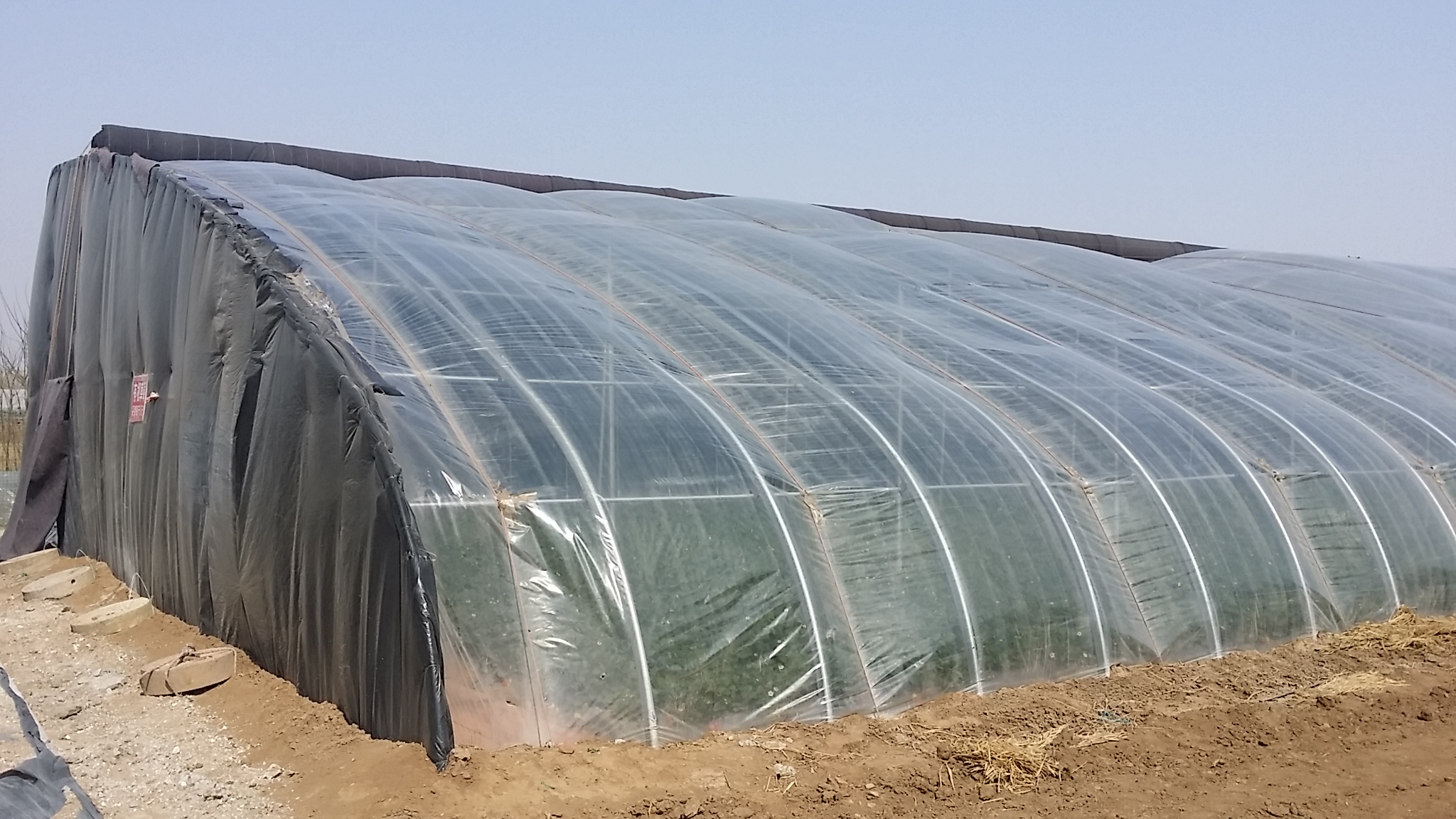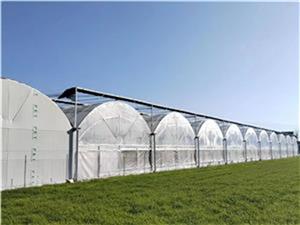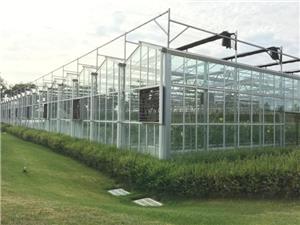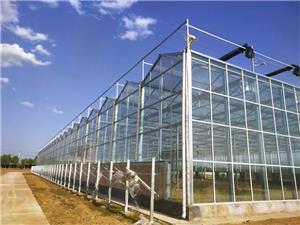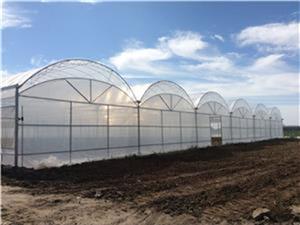The drawbacks of the earth wall solar greenhouse
In the process of agricultural modernization, agricultural greenhouses, as important facilities for ensuring efficient crop production and resisting adverse environmental impacts, play a crucial role. The earthen wall solar greenhouse, as a traditional type of agricultural greenhouse, was once widely used in agricultural production due to its certain insulation performance and cost advantages. However, with the continuous improvement of agricultural production demands and the development of new agricultural greenhouse technologies, the numerous drawbacks of the earthen wall solar greenhouse have gradually emerged, to some extent restricting the improvement of agricultural production efficiency and the sustainable development of agricultural greenhouses. The main drawbacks are reflected in the following aspects.
Firstly, the land utilization rate of the earth wall solar greenhouse is relatively low. As one of the common types of agricultural greenhouses, efficient land resource utilization is the foundation for ensuring the production benefits of agriculture. However, the walls of the earth wall solar greenhouse are usually quite thick, generally ranging from 2 to 5 meters. This structural feature occupies a large amount of land area. Against the backdrop of increasingly tight land resources in many regions nowadays, this way of land occupation undoubtedly causes significant waste. It not only restricts the expansion of the actual planting area within the greenhouse but also directly affects the crop output per unit of land area, which is contrary to the goal of agricultural greenhouses to pursue efficient land resource utilization.
Secondly, the construction period of earth wall solar greenhouses is relatively long. Agricultural production often has a strong seasonal nature. Timely completion and use of agricultural greenhouses are crucial for seizing the best planting time. However, during the construction of earth wall solar greenhouses, the compaction and drying of the earth walls take a considerable amount of time. The entire process from material preparation to the final completion and use of the greenhouse is relatively complex and requires a longer period. For farmers who are eager to start planting and hope to grow crops in greenhouses as soon as possible, the excessively long construction period may cause them to miss the best planting season, disrupt their original production plans, and affect the rhythm and income of agricultural production.
Moreover, the maintenance cost of earth wall solar greenhouses is relatively high. The long-term stable operation of agricultural greenhouses cannot do without effective maintenance, but the walls of earth wall solar greenhouses are prone to erosion by natural factors. Rainwater erosion can cause damage to the earth wall structure, and freeze-thaw cycles may lead to cracks or even collapse risks in the walls, especially during the rainy season. If the walls are not adequately protected, the risk of wall collapse is extremely high. To ensure the safe operation of the greenhouses, farmers need to regularly inspect and maintain the earth walls, such as repairing wall cracks and reinforcing the walls. These operations not only increase the later maintenance costs but also require a lot of manpower, which brings a considerable burden to farmers and is inconsistent with the demand for reducing production and operation costs in agricultural greenhouses.
In addition, the ventilation and light transmission of the earthen wall solar greenhouse are limited. Good ventilation and sufficient light are necessary conditions for photosynthesis and normal growth and development of crops in agricultural greenhouses. Although ventilation and light transmission are considered in the design of earthen wall solar greenhouses, due to their structural characteristics, the ventilation openings are relatively limited compared with new steel structure agricultural greenhouses, and the ventilation effect is often not ideal. At the same time, the thick earthen walls will also block sunlight to a certain extent, especially in winter when the solar altitude angle is low, this blocking phenomenon is more obvious, which can easily lead to insufficient light in the greenhouse, thereby affecting the photosynthesis efficiency of crops and being unfavorable for the growth and development and yield increase of crops.
Finally, the earthen wall solar greenhouse is bulky and difficult to modify. During agricultural production, farmers may adjust the internal structure of agricultural greenhouses or change the planting mode according to changes in market demand, updates in planting technology, and other circumstances to meet new production needs. However, once an earthen wall solar greenhouse is built, its structure is relatively fixed and it is very difficult to carry out large-scale modifications and adjustments. If farmers have the need to modify, the existence of the earthen wall will become a huge obstacle, and the cost of demolishing the old earthen wall and rebuilding a new greenhouse will be relatively high. This makes the earthen wall solar greenhouse very passive in responding to market changes and innovations in planting technology, and it is difficult to meet the requirements of modern agricultural production for the flexibility and adaptability of agricultural greenhouses.
To sum up, although the earthen wall solar greenhouse has played a certain role in past agricultural production and has some advantages, the numerous drawbacks mentioned above have gradually become difficult to meet the development demands of modern agriculture for efficient, flexible, low-cost and high-yield agricultural greenhouses. In the continuous advancement of agricultural modernization, constantly improving and innovating agricultural greenhouse technology, and developing and promoting new types of agricultural greenhouses that better meet the needs of the times have become an important direction for promoting high-quality agricultural development.
